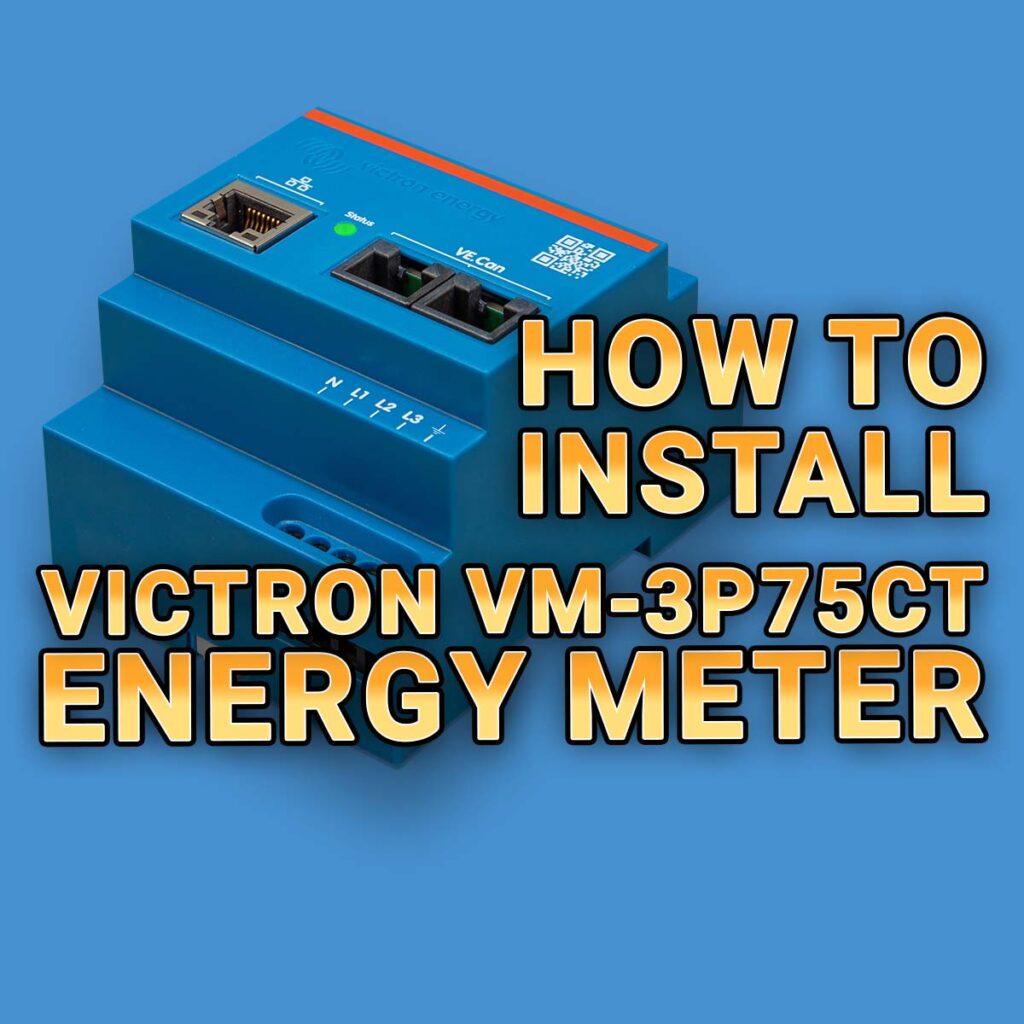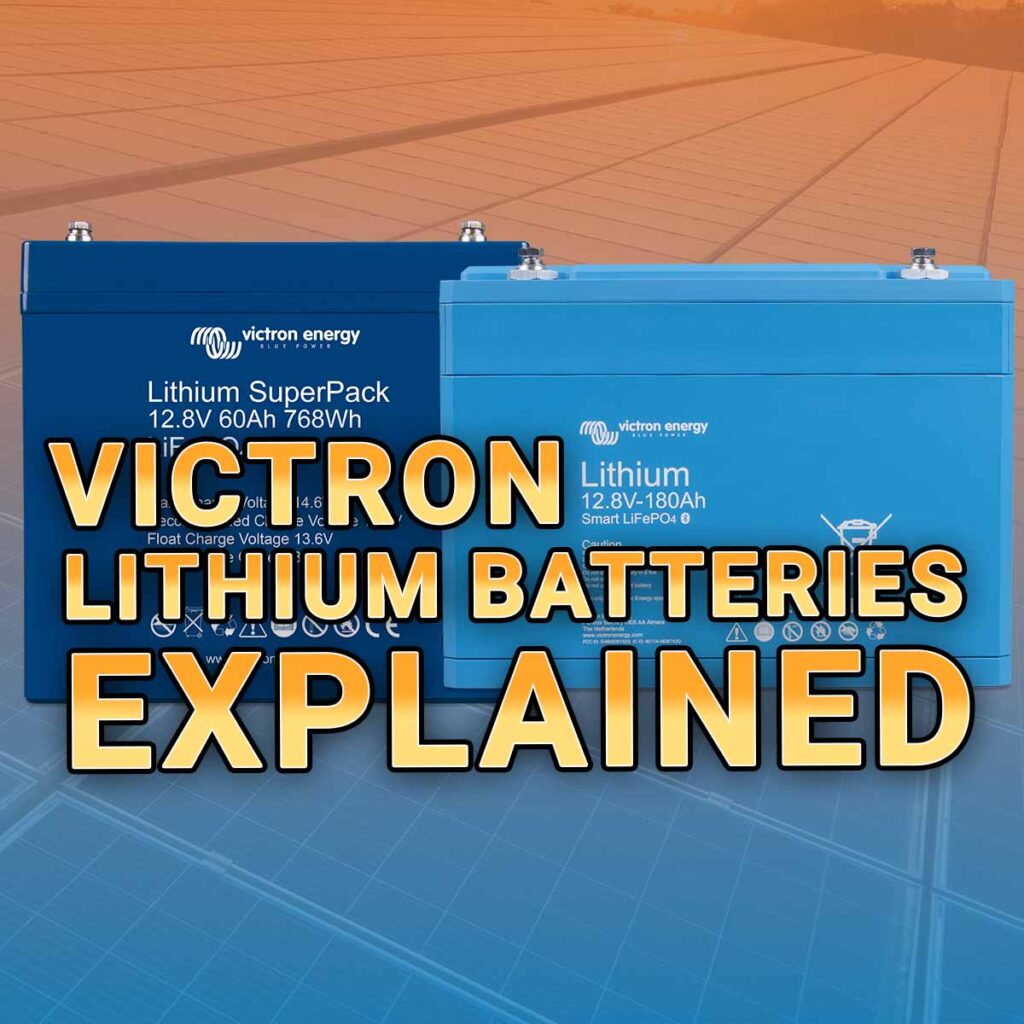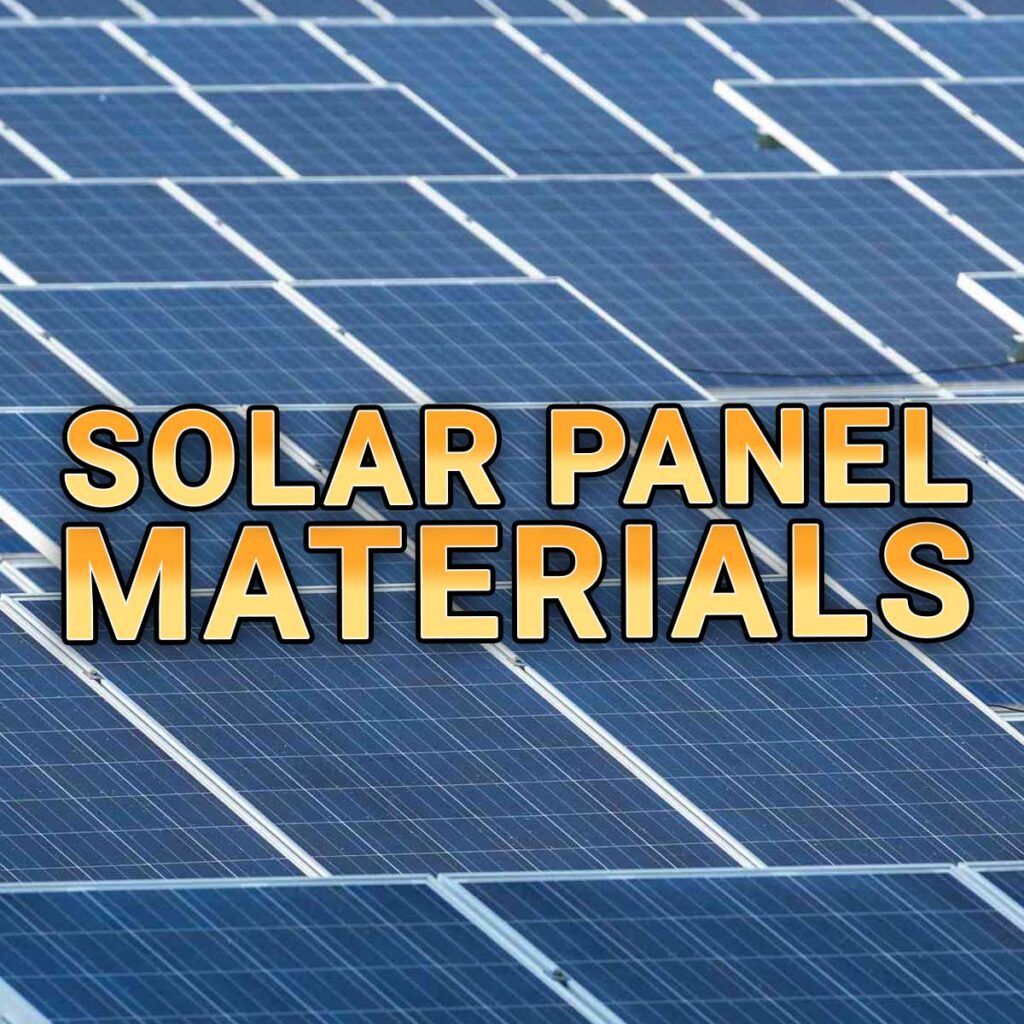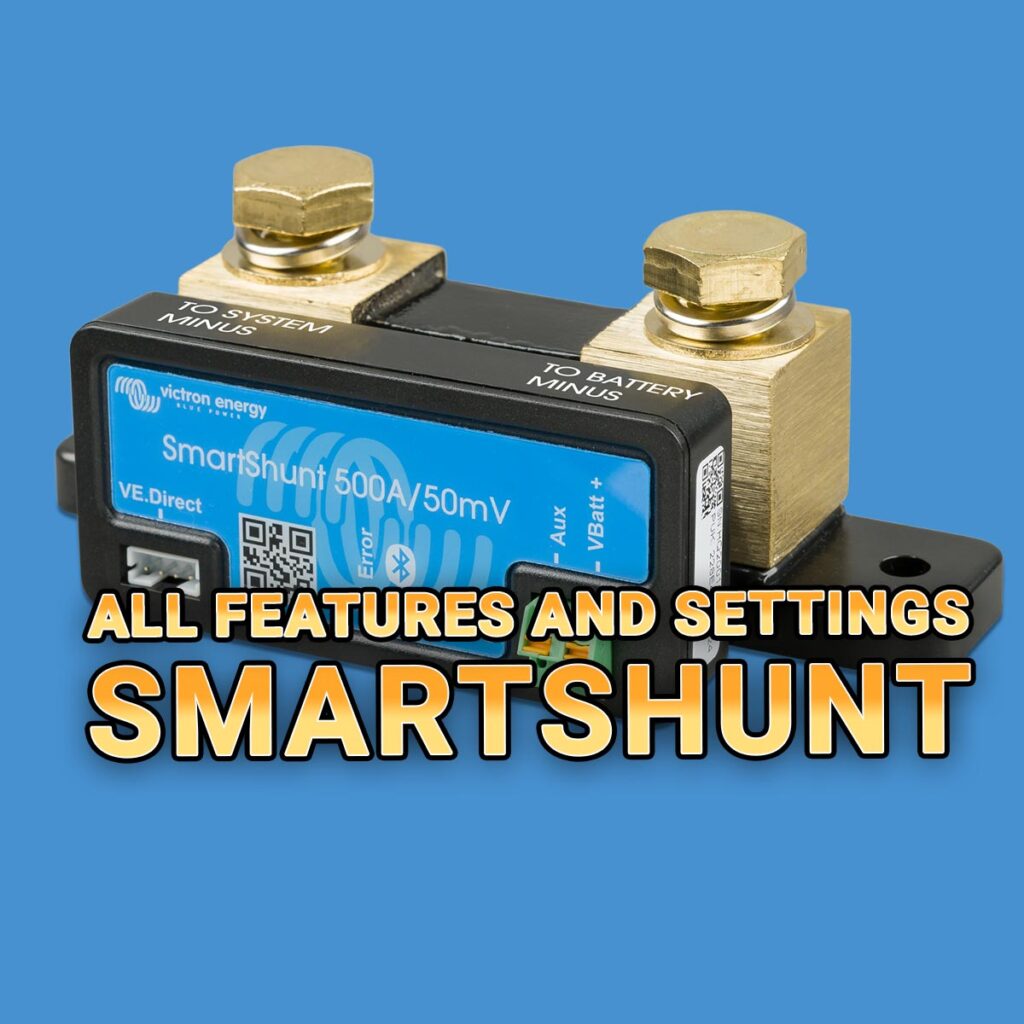Understanding Solar Panel Terminology
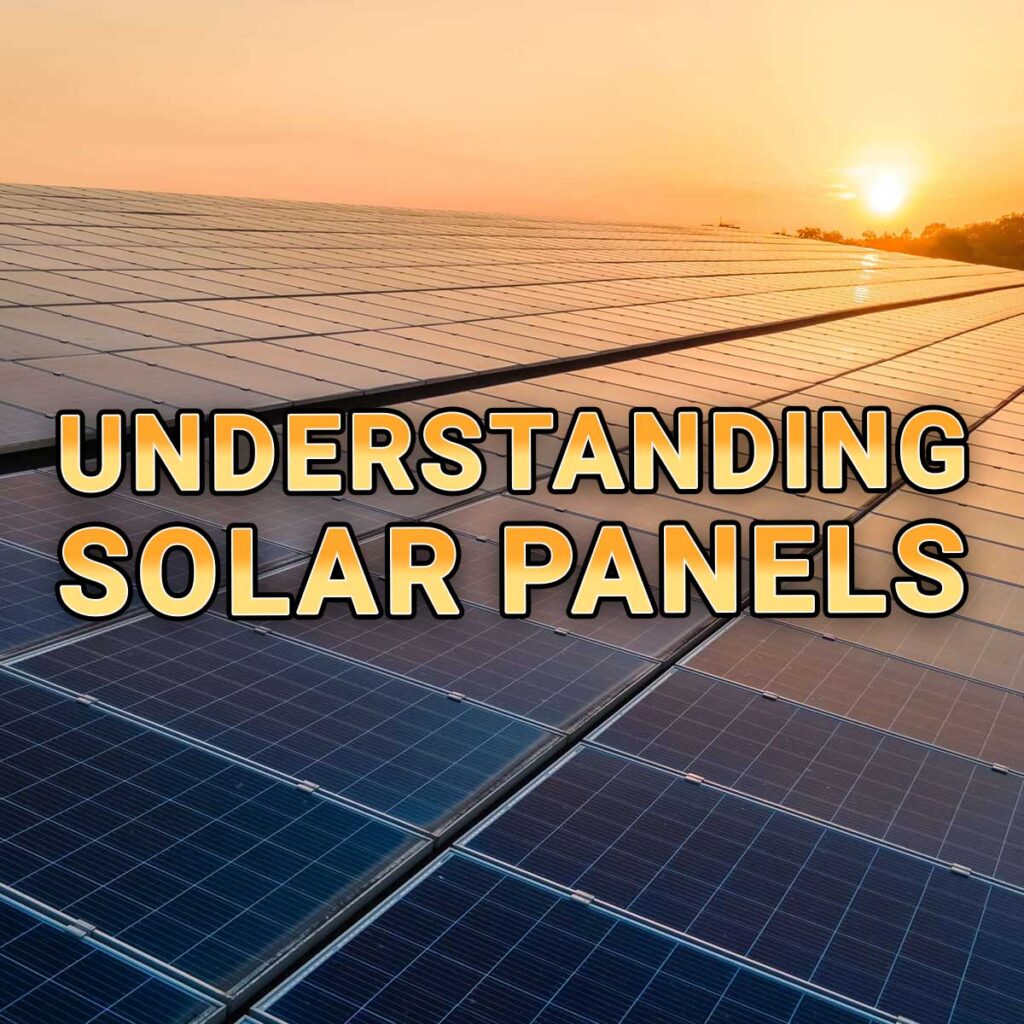
Navigate the world of renewable energy with ease through our expert guide on Understanding Solar Panel Terminology. This essential resource breaks down complex jargon and technical terms, making it simpler for homeowners, businesses, and green energy enthusiasts to make informed decisions about solar installations.
This introductory guide will help you understand the basic concepts and components of solar panel technology, setting the stage for a deeper exploration into how these remarkable devices harness the power of the sun to generate electricity.
From the photovoltaic effect to the intricacies of semiconductor materials, get ready to embark on an enlightening journey into the world of solar panels!
Clearing Up Solar Panel Terminology
- “Solar Panels” vs. “Solar Modules”: Commonly, what we refer to as “solar panels” are technically “solar modules.”
- “PV Modules” or “Photovoltaic Modules”: These terms are also used interchangeably with solar panels. Though I might casually use “solar panels” throughout our discussion, it’s essential to be aware of the correct terminology.
- “Solar Cells” and “Semiconductors”: We will also discuss “solar cells,” the basic units of a solar module, and “semiconductors,” the materials crucial for making these cells.
Understanding Solar Panels: A Four-Step Approach
We’ll break down the essentials of solar panels into four steps:
- Photovoltaic Effect: The Core Principle – We start by understanding how solar panels convert sunlight into electricity, known as the photovoltaic effect.
- Materials Used in Solar Panels – Next, we’ll explore the different materials that can be used to harness the photovoltaic effect for generating electricity.
- Assembling Solar Cells into Modules – After understanding the materials, we’ll learn how solar cells are combined to form a solar module or panel.
- Wiring and Connections of Solar Panels – Finally, we’ll look at how these panels are interconnected, focusing on the types of connections used.
Step 1: Photovoltaic Effect: The Core Principle
Each solar module is built upon solar cells, made from special materials known as semiconductors. These semiconductors have a unique property of conducting electricity under certain conditions but not under others.
Doping Process and p-n Junction Creation
Through a technique called “doping,” engineers alter the semiconductor material to create a p-n junction. This junction is integral to the cell’s function, with one side (p-type) being positively charged and the other (n-type) negatively charged.
This involves adding specific impurities to the semiconductor to change its electrical properties. For instance, doping silicon with phosphorus adds extra electrons (negative charge carriers), creating what we call n-type silicon. On the other hand, doping with boron creates a shortage of electrons, known as holes (positive charge carriers), resulting in p-type silicon.
Step 2: Materials Used in Solar Panels
Silicon has been the industry standard in solar cells for decades, but it’s not the only material used. Silicon is preferred due to its abundance and effectiveness in converting sunlight into electricity. However, newer materials are being explored for their unique benefits.
Chemical Treatment in Silicon and Other Materials
For instance, thin-film solar cells use materials like cadmium telluride or copper indium gallium selenide. These materials can be applied in thin layers and have shown promising efficiencies. They also open up possibilities for more flexible and varied applications compared to traditional silicon cells.
Step 3: Assembling Solar Cells into Modules
The real magic happens when sunlight strikes the solar cell. The energy from the sunlight activates the p-n junction.
Flow of Electrons and Current Generation
This activation causes electrons to move across the semiconductor material, creating a flow of electric current.
Demonstrating Electricity Production
This phenomenon can be observed by connecting a wire from one side of the semiconductor to the other, with a light bulb in the circuit. When the sunlight activates the cell, the bulb lights up, illustrating the conversion of sunlight into electrical energy.
Step 4: Wiring and Connections of Solar Panels
After assembling the solar modules, the next critical step involves wiring and connecting them to form a functional solar panel system. This stage is crucial as it determines how efficiently the solar energy can be transported and used.
Types of Wiring Configurations:
- Series Wiring: In this setup, solar modules are connected end-to-end, increasing the voltage to match the system’s requirements while keeping the current the same. This configuration is ideal for systems with a high voltage requirement.
- Parallel Wiring: Here, the modules are connected side-by-side, increasing the current while keeping the voltage constant. This method is beneficial for systems that need higher current output, especially under conditions of partial shading or varying orientations.
Junction Boxes and Safety Mechanisms:
Each solar panel typically includes a junction box, which safely houses all electrical connections. It’s also equipped with bypass diodes that prevent power loss in case some cells are shaded or malfunctioning.
System Connectivity
The final stage involves connecting the solar panel system to an inverter, which converts the DC electricity generated by the panels into AC electricity. This conversion is essential for integrating solar energy into the home grid or for feeding into the public electricity grid.
Ensuring Efficiency and Reliability
Proper wiring and connections not only ensure the maximum efficiency of the solar panels but also play a significant role in the safety and longevity of the entire system. Technicians must adhere to electrical standards and safety norms to ensure reliable and uninterrupted performance.
Conclusion: Understanding Solar Panel Technology
This overview gives you a foundational understanding of how solar panels work.
From the photovoltaic effect that underpins their operation to the complex nature of semiconductors and the p-n junction, you are now well-versed in the fundamental principles that make solar panels a cornerstone of renewable energy.

